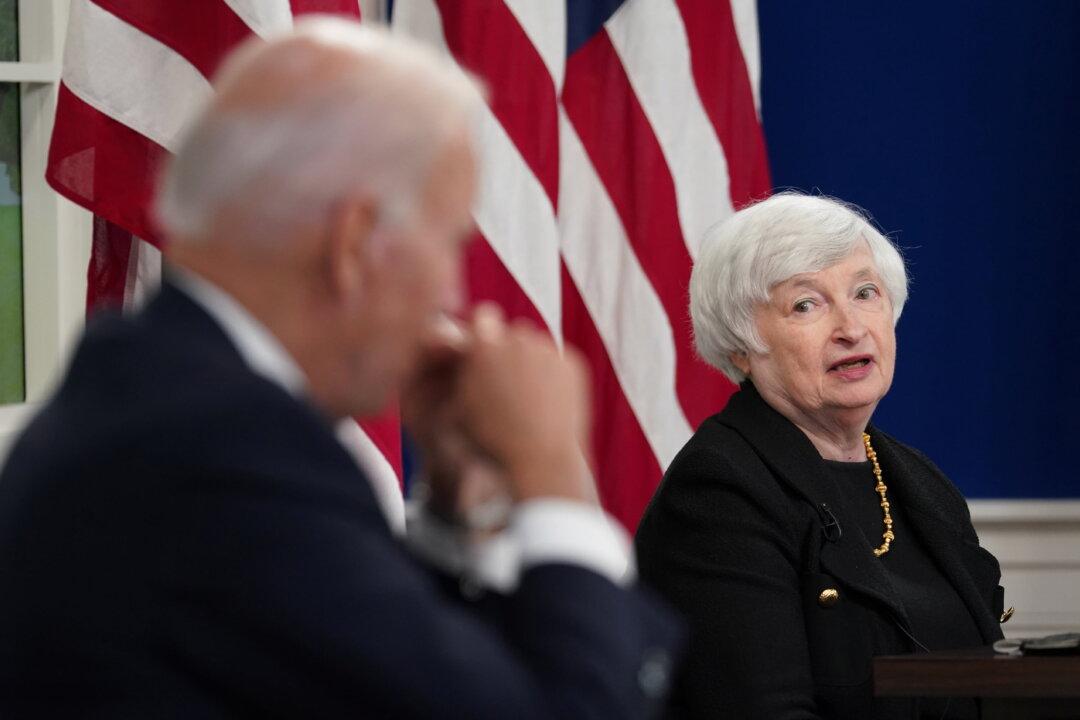News Analysis
When the U.S. economy recorded back-to-back quarters of negative economic growth—the technical definition of a recession—in the first half of 2022, the White House dismissed the data.

When the U.S. economy recorded back-to-back quarters of negative economic growth—the technical definition of a recession—in the first half of 2022, the White House dismissed the data.